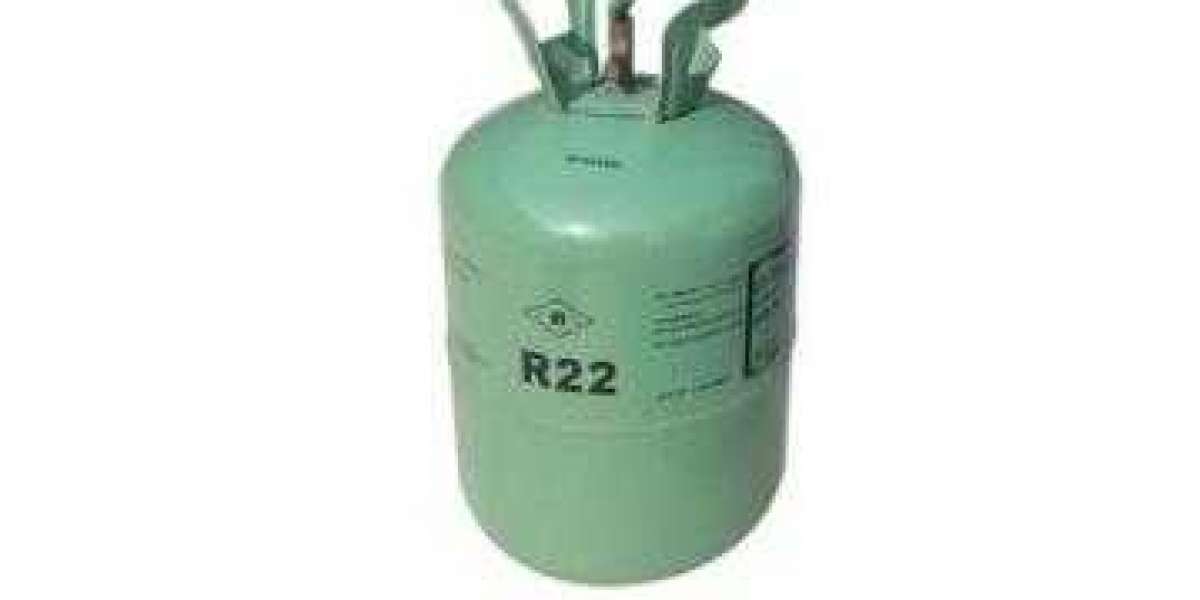R410 refrigerant, also known as R410A, is a refrigerant widely used in various cooling and air conditioning systems. The reasons for its popularity in the industry are due to its superior performance, environmental benefits and energy efficiency. This article will explore the common uses of Refrigerant R410 and highlight its advantages in the industry.
R410 refrigerant is widely used in various cooling and air conditioning systems, including household air conditioners, commercial air conditioners, heat pumps and industrial refrigeration. Its common application scenarios include residences, office buildings, shopping malls, hotels, hospitals, factories and large facilities, etc. The use of R410 has been widely recognized in the air-conditioning industry, and it mainly has the following advantages.
First of all, R410 refrigerant has excellent performance. Its high cooling capacity provides faster and more powerful cooling. Compared with traditional refrigerants, R410 can provide higher cooling efficiency and lower energy consumption, thereby reducing operating costs. In addition, its cooling effect is stable and can maintain good cooling performance in a wide range of temperature and humidity.
Secondly, R410 refrigerant has good environmental benefits. Compared with some traditional refrigerants, such as R22, R410 has less potential to damage the ozone layer. It is a refrigerant with zero ozone depletion potential (ODP), causing almost zero damage to the ozone layer. This makes R410 an environmentally friendly choice that helps reduce damage to the ozone layer of the atmosphere and protects the environment and ecosystem sustainability.
Third, R410 refrigerant has high energy efficiency. Due to its unique physical properties and cooling characteristics, R410 can provide higher energy efficiency ratio under the same cooling load. This means that the system using R410 refrigerant can provide higher cooling effect under the same working conditions, reducing energy consumption and operating costs. The improvement of energy efficiency is also in line with the current trend of energy conservation and emission reduction, helping to reduce dependence on fossil fuels and reduce greenhouse gas emissions.
In addition, R410 refrigerant also has a low global warming potential (GWP). GWP is a measure of how much a refrigerant contributes to the greenhouse effect, compared to the contribution of carbon dioxide. R410 has a lower GWP value, and its potential impact on global warming is smaller than some traditional refrigerants, such as R22. By using R410 refrigerant, the impact of the system on global warming can be reduced, meeting the requirements of sustainable development and environmental protection.
In addition to the above advantages, R410 refrigerant also has some other characteristics. It has high chemical stability, which can reduce the chemical reaction and by-product generation in the system, and improve the reliability and service life of the system. In addition, R410 has lower toxicity and combustion risk, making the system using this refrigerant safer and more reliable.
To sum up, R410 refrigerant, as a refrigerant widely used in various cooling and air conditioning systems, has many advantages in the industry. It has excellent performance and can provide fast and efficient cooling effect, reducing energy consumption and operating costs. At the same time, R410 has good environmental benefits, has little potential to damage the ozone layer, and has low global warming potential. Its high energy efficiency and safety reliability also make it an ideal choice in the industry.
With the increasing awareness of the environment and the demand for sustainable development, the application of EXTINGUISHING AGENT LHF-1230 in the field of cooling and air conditioning will be further expanded. In the future, we can expect more innovations and technological developments to further improve the efficiency, environmental protection and energy sustainability of refrigeration systems, and push the entire industry towards a more sustainable direction.







